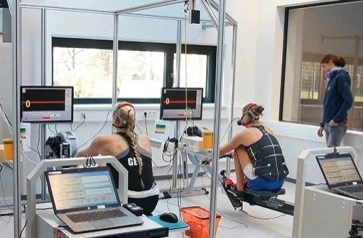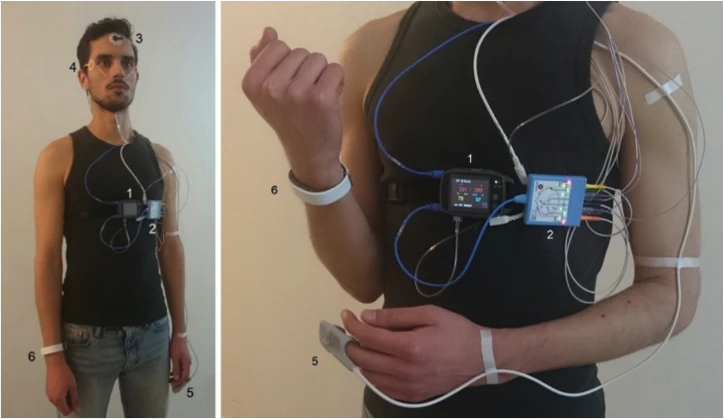Human Factors
What is Human Factors?
Human Factors focuses on designing systems, products, and environments that align with the capabilities and limitations of the people who interact with them. The field is not limited to physical products – it also extends to areas such as healthcare, safety, services, and sports.
By systematically studying human behavior, cognition, and physiology, Human Factors enables a deeper understanding of how users perceive, process, and respond to their environment. These insights are then applied to optimize design – enhancing usability, increasing efficiency, and improving overall user experience through more intuitive and human-centered solutions.
Implications
It is often most effective to test a product in a real-life environment to gain a comprehensive understanding of its ergonomic properties. In such settings, data are collected from test participants through intensive monitoring and observation – allowing for the evaluation of how users interact with the product under realistic conditions.
For instance, an ergonomic study conducted in the passenger cabin of an aircraft can help reduce fatigue during long-haul flights by optimizing seat design or implementing chronobiologically adapted lighting systems – ultimately enhancing passenger comfort and well-being.
Benefits
A comprehensive Human Factors study can significantly enhance usability and reduce product-related injuries during use. In product design, applying ergonomic principles not only improves physical comfort and interaction efficiency – it also strengthens the overall user experience and can lead to increased user retention.
In the context of organizational ergonomics, such studies contribute to raising workplace safety standards and minimizing the risk of work-related illnesses. By aligning systems and environments with human capabilities, Human Factors research supports both individual well-being and operational effectiveness.
Successful Projects
Feedback-assisted rehabilitation after surgery of the anterior cruciate ligament
A contribution of German elite sport to smart health promotion
Market overview, legal and technical requirement analysis, living lab study, and implementation of corporate health management programs
Developing of emphatic dialog systems: an EU-Japanese collaboration







